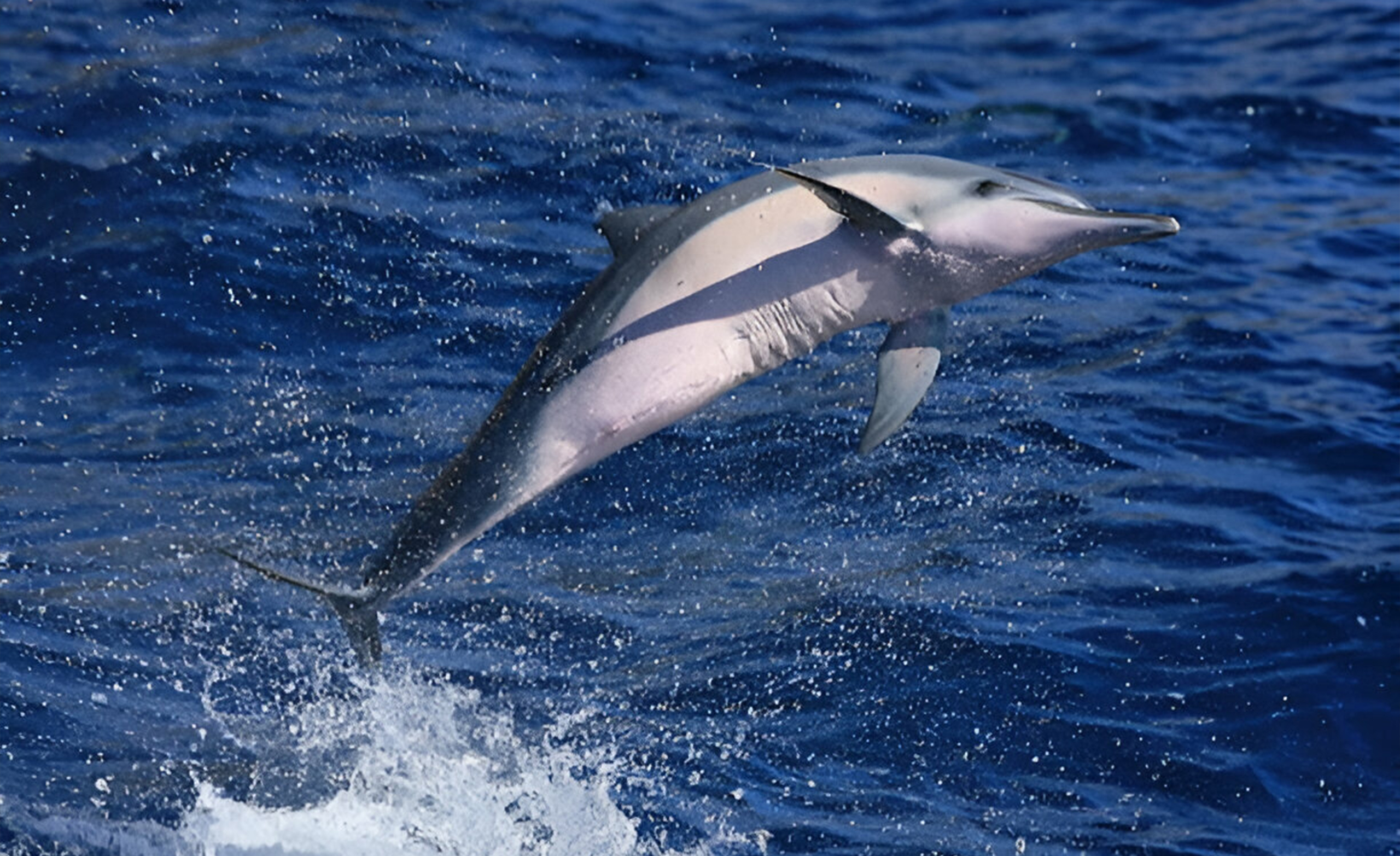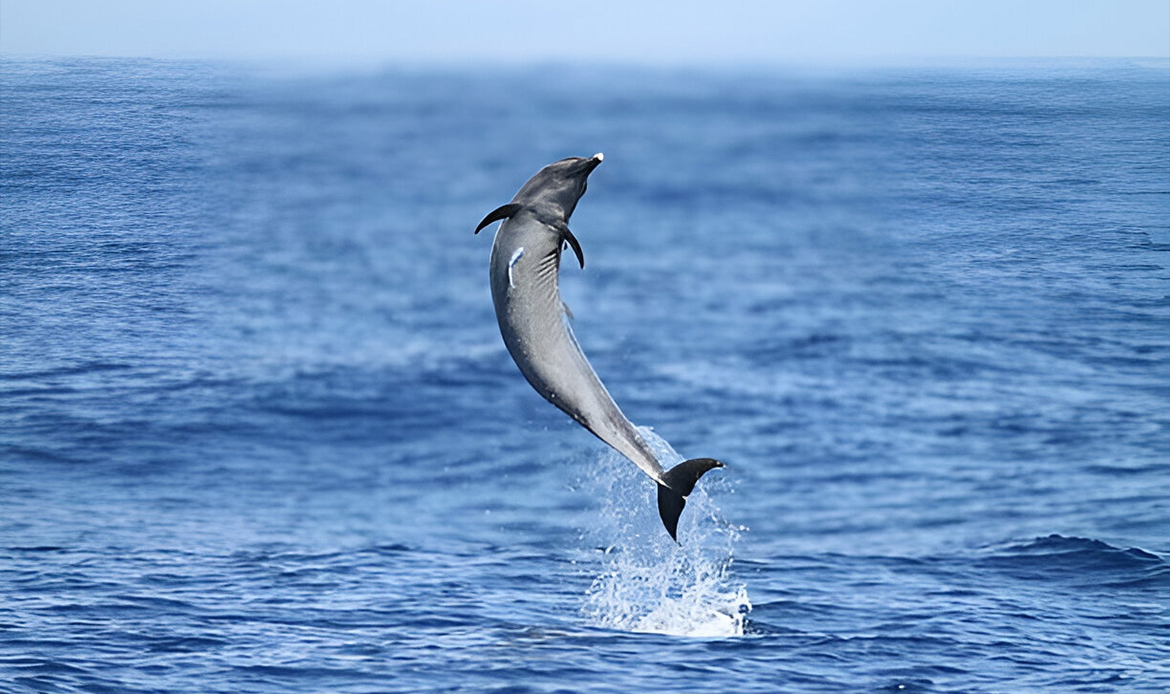
Top 5 Efforts to Save Māui Dolphins in New Zealand
The Māui dolphin, the world’s smallest and rarest dolphin species, is critically endangered with only 57-75 individuals left. Endemic to New Zealand, they hold cultural importance as a taonga (treasure). To protect them, the NZ Government has launched comprehensive initiatives including a Threat Management Plan, expanded marine sanctuaries, advanced tech integration, fishing reforms, and disease management. These measures aim to ensure the survival of the Māui dolphin for future generations.
Table of Contents
1. Comprehensive Threat Management Plan Implementation
The New Zealand Government has established a detailed Threat Management Plan specifically designed to protect Māui dolphins and their habitats 2. This flagship conservation initiative focuses on managing human-caused threats while ensuring these precious marine mammals can thrive throughout their natural range. With only approximately 57-75 Māui dolphins remaining, this plan represents a critical lifeline for the species 1.
Key components include:
- Extensive fishing restrictions in dolphin habitats
- Regular population monitoring
- Disease management strategies
- Habitat protection measures
2. Enhanced Marine Mammal Sanctuaries
Significant expansions to marine mammal sanctuaries have been implemented, particularly the West Coast North Island Marine Mammal Sanctuary 2. These protected areas feature:
- Strict Regulations: Prohibitions on commercial fishing activities
- Seismic Restrictions: Limitations on seismic surveying and seabed mining
- Comprehensive Coverage: Protection extending throughout critical Māui dolphin habitats
- Multi-threat Management: Addressing various human-induced risks simultaneously
3. Advanced Technology Integration
Modern conservation efforts have embraced cutting-edge technology to protect Māui dolphins 7:
- AI-Powered Monitoring: MAUI63 utilizes artificial intelligence for tracking
- Drone Surveillance: Advanced aerial monitoring systems
- Data Collection: Comprehensive visual data processing
- Real-time Tracking: Enabling immediate response to potential threats
4. Fishing Method Reforms
Substantial changes to fishing practices have been implemented to protect Māui dolphins 35:
- Complete ban on drift netting nationwide
- Extended set-net closures in critical habitats
- Trawling restrictions in Māui dolphin territories
- Support for fishers transitioning to dolphin-friendly methods
5. Disease Management and Research
A focused approach to managing health threats, particularly toxoplasmosis, has been developed 25:
- Action Plan Implementation: Specific strategies to combat toxoplasmosis
- Research Initiatives: Studies on parasite transmission pathways
- Prevention Methods: Trials to reduce marine contamination
- Monitoring Programs: Regular health assessment protocols

Impact and Ongoing Challenges
Despite these significant efforts, several challenges remain 35:
- Loopholes in Protection: Some exemptions still exist for current permit holders
- Limited Coverage: Gaps in protection zones require attention
- Immediate Response Needs: Calls for automatic closure of areas where dolphins are caught
- Population Concerns: Critical status with only about 60 adults remaining
Future Directions
Conservation efforts continue to evolve with 13:
- Enhanced Monitoring: Increased observer coverage and camera systems on fishing vessels
- Habitat Protection: Extended protection zones to 100m depth
- Stakeholder Engagement: Collaboration between government, scientists, and local communities
- Public Awareness: Educational initiatives about Māui dolphin conservation
Why These Efforts Matter
Māui dolphins are not just another marine species – they represent a unique part of New Zealand’s natural heritage 1:
- World’s smallest and rarest dolphin species
- Endemic to New Zealand waters
- Cultural significance as a taonga (treasure)
- Indicator species for marine ecosystem health
Conclusion
These combined efforts represent New Zealand’s comprehensive approach to saving the Māui dolphin from extinction. While progress has been made, continued vigilance and enhancement of these protection measures remain crucial for the species’ survival.
The success of these conservation initiatives will determine whether future generations will have the privilege of sharing their waters with these remarkable creatures. Through technological innovation, policy reform, and community engagement, there is hope for the recovery of this iconic species.
